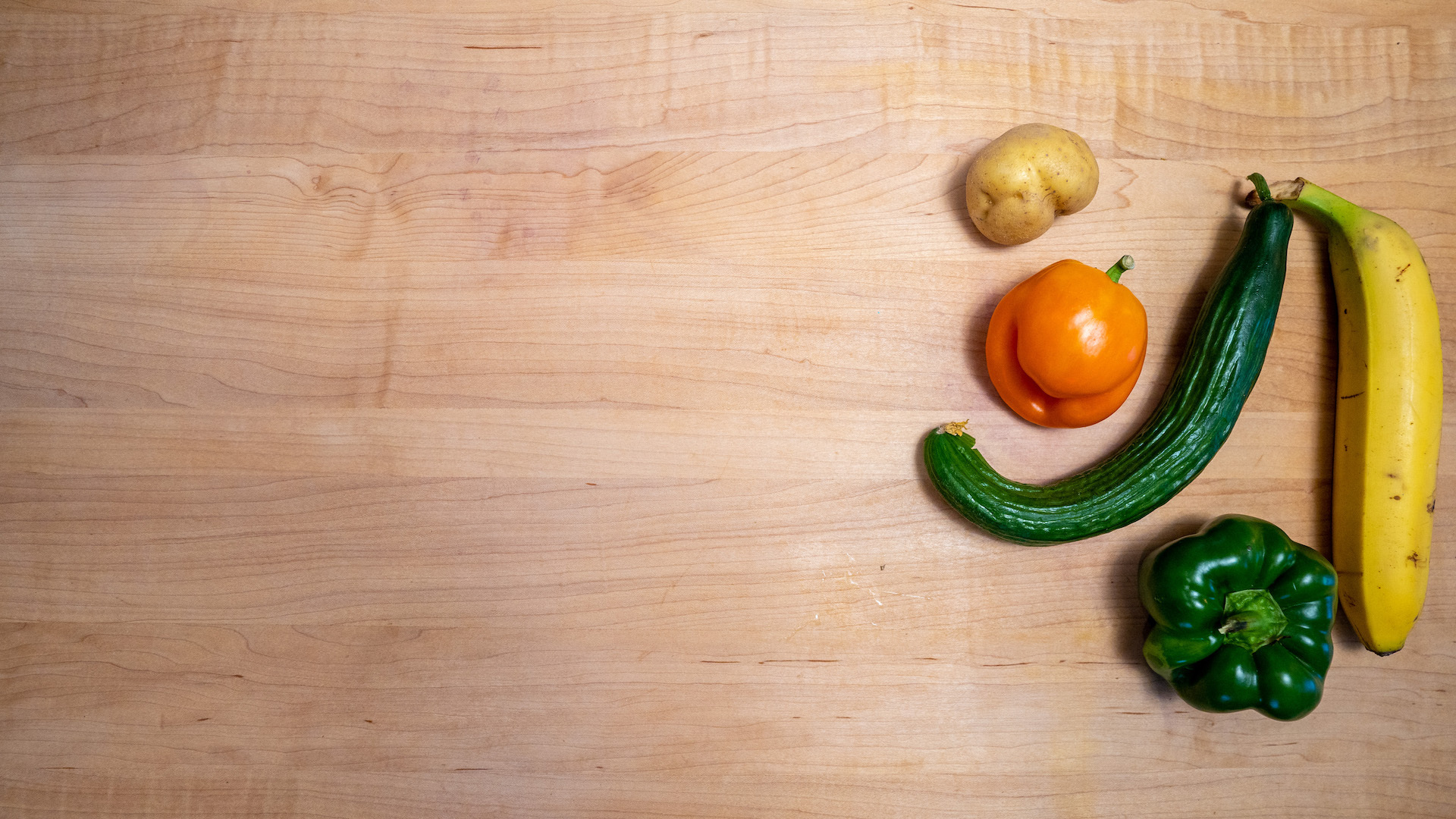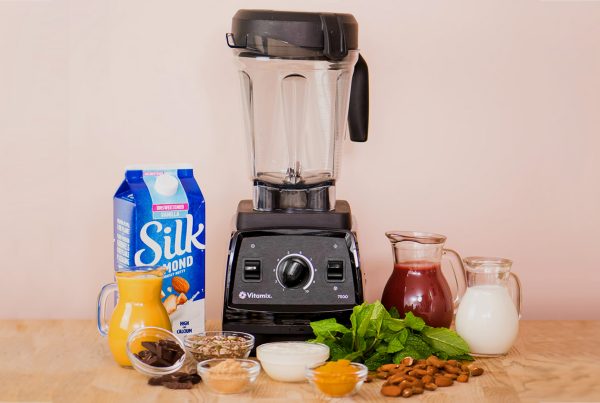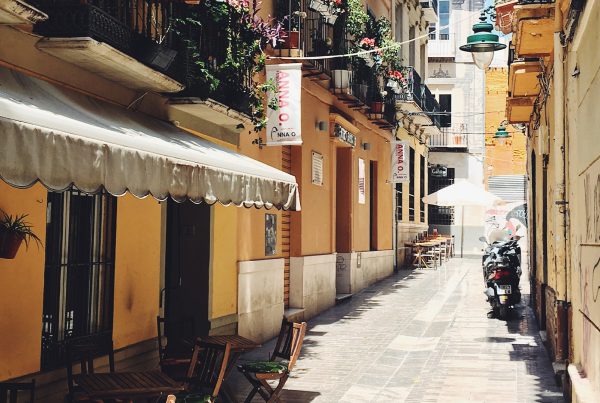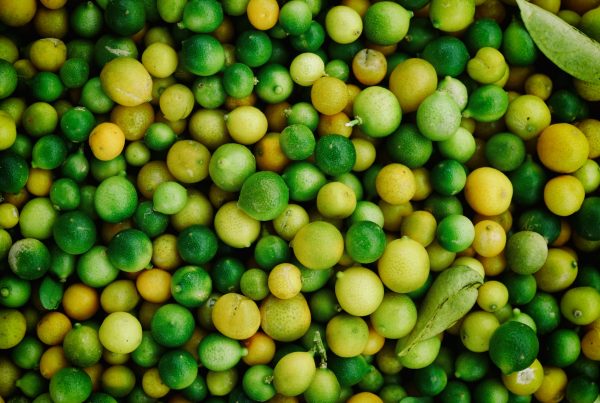Food waste is a global issue which affects us all. While it is a complex problem to solve, with many actors involved at different stages (pre-harvest, post-harvest, processing, distribution, consumer), there are some easy actionable steps we can take to make an impact in our own ways!
What this means is that there is a lot of room for improvement in our individual shopping, cooking, eating and wasting habits. How much we buy, how we store, and package leftovers all add up, but the good news is making small changes to our habits and behaviours can add up to make a big difference if we all start doing it!
Here are 10 simple and actionable ways you can start rethinking food and reduce your overall waste:
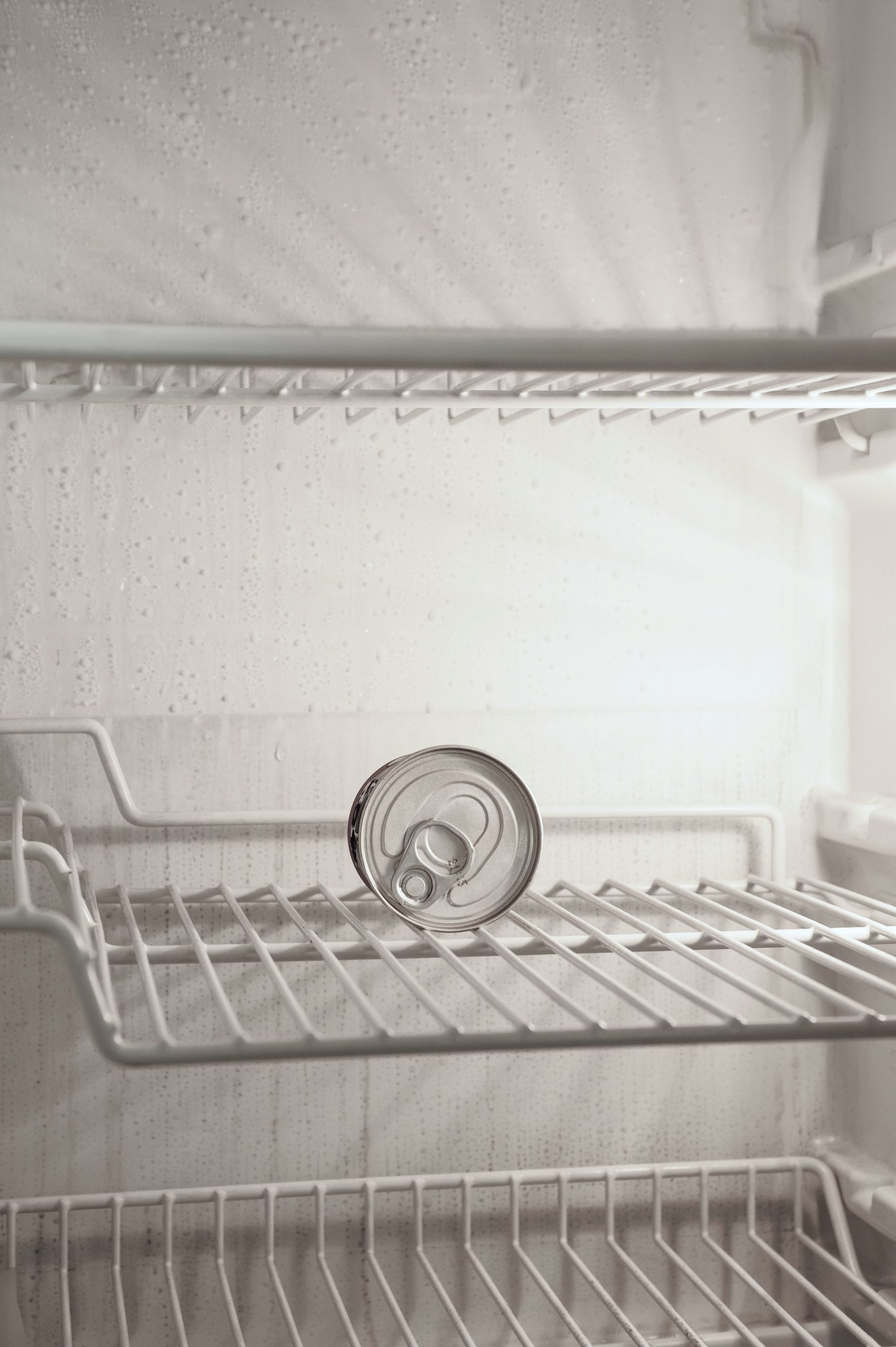
#1 Fridge makeover
Start with the fridge! How we organize and store food in the fridge can drastically impact how long it lasts before spoiling. A first try at reorganization is to switch up your fridge habits with the FIFO (first-in first-out) method. Try placing older items in the front of your fridge and pantry, and grab a pen to mark a date anywhere on the packaging to keep track of what needs to be used before it spoils. A label a day keeps food waste away! This practice helps to identify what food items or leftovers are being forgotten. You should develop your own organization methods to keep track of what foods spoil fast or should be eaten first – want to save the top shelf for leftovers? Great idea!
#2 Store for the long haul!
The path of food waste reduction means getting intentional about food storage. Figure out what methods work best for you and what extends your foods’ shelf life. For example, after opening, keep your dry goods in airtight containers instead of their original packaging to extend their shelf life. When it comes time to buy containers, opt for repurposing and glass whenever you can. Airtight containers are also great for storing liquids, stews and many other types of foods. For fruits, keep in mind that some, like cherries and melons, love that airtight feeling while others, such as berries and citrus, need some air flow.
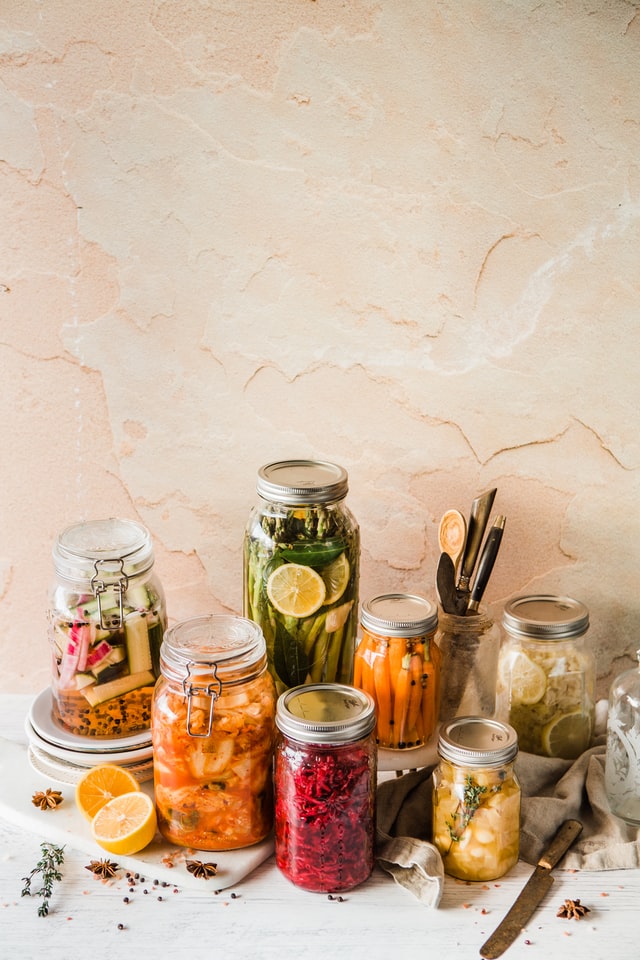
Ever notice that when you store some foods together they rot faster? That’s because some foods produce ethylene (a gas that initiates ripening) while others are sensitive to ethylene ( if they are close to ethylene producing foods they ripen and rot faster). Make sure you keep the right foods grouped together so you don’t accidentally cause your broccoli to go soft because it was in the fridge next to some apples! Check out the list below to see if your fruit and veggies are a good match
Ethylene sensitive: asparagus, broccoli, collard greens, cucumber, eggplant, grapes, honeydew, lemons, lettuce, limes, mangos, onions, squash, sweet potatoes, watermelon.
Ethylene producers: apples, avocados, bananas, cantaloupe, kiwi, peaches, pears, peppers, tomatoes.
Not ethylene sensitive: blueberries, cherries, garlic, grapefruit, green beans, oranges, pineapple, potatoes, raspberries, strawberries, tomatoes.
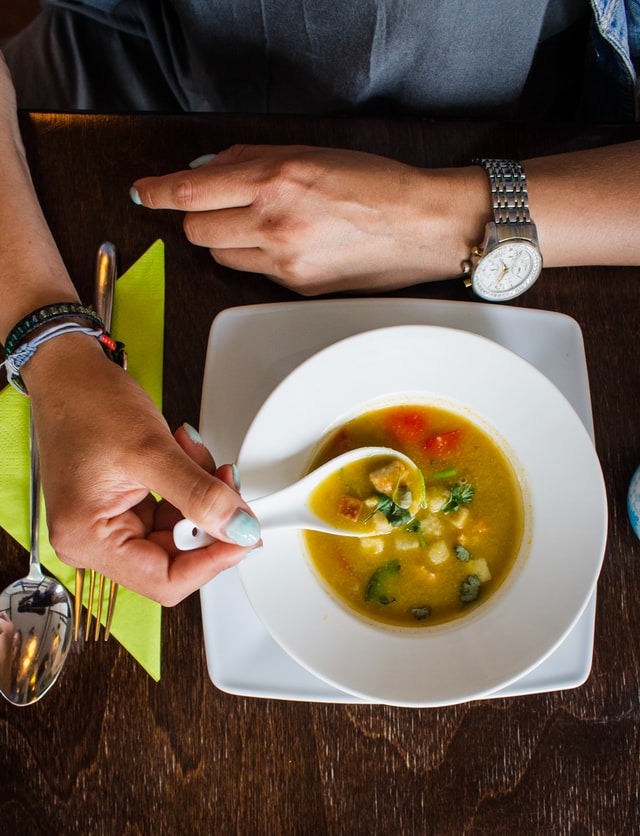
#3 Repurpose for delicious meals
Instead of tossing scraps and leftovers in the trash or compost, turn them into a tasty meal.Food waste scraps (the tops and trimmings) from everyday veggies can be used to make stock for soups, gravy and stews. Broccoli stalks can also be used to add crunch and flavour to mixed veggie dishes. Shredded lemon peel is great for adding fragrance and flavour to dishes, including pastas, salads, and desserts. Try using bread that has been left aside to create croutons and upgrade your salads. The possibilities are endless!
#4 Repurpose at home
Repurposing helps the fight against food waste and caters to your creative side! Part of reducing food waste is changing the way we approach food and what we consider waste. Just because we can’t eat a certain part of something or because it has gone past its prime consumption stage doesn’t mean it is garbage. Food has many uses!
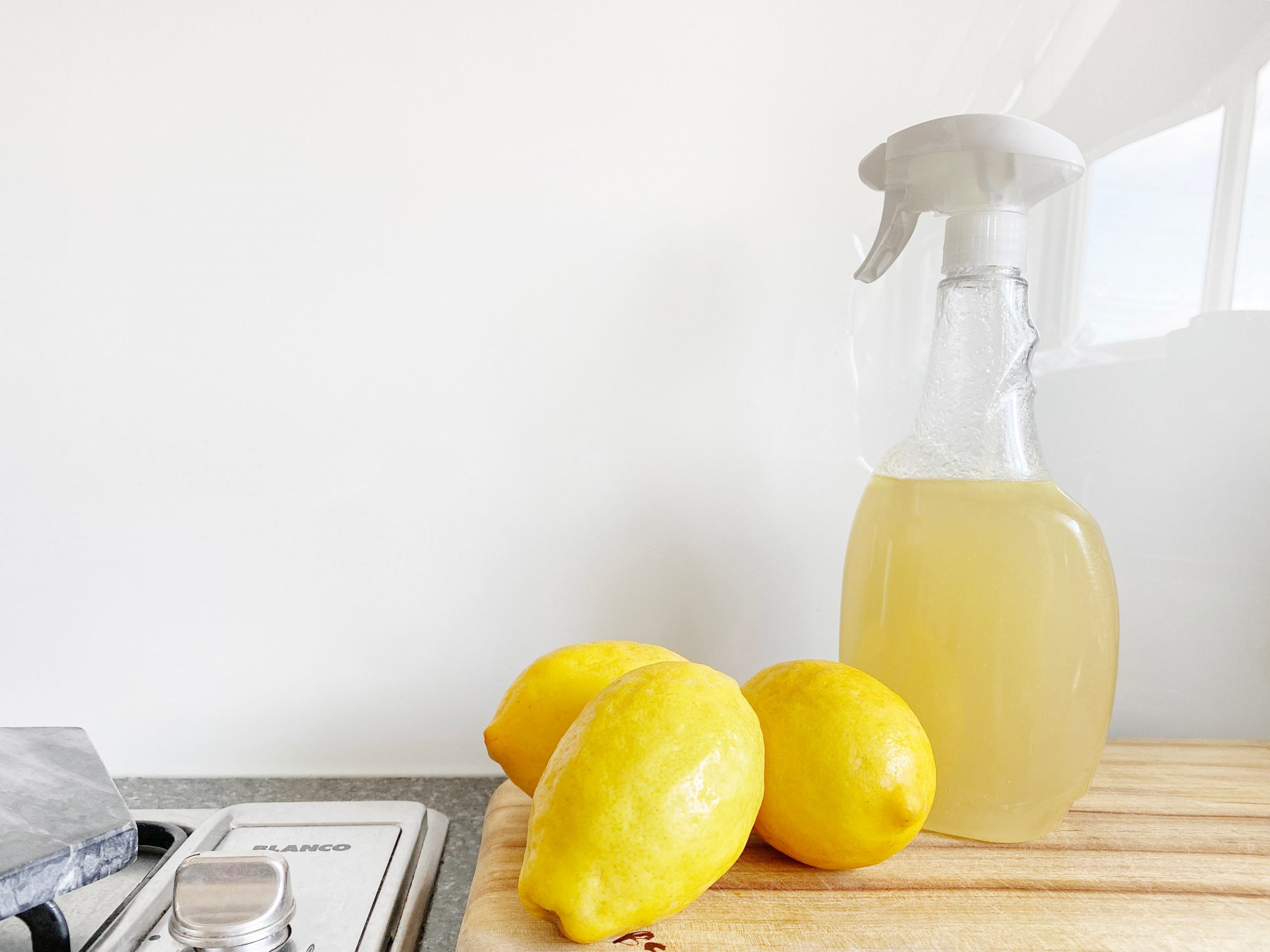
Citrus scraps have naturally occurring enzymes (proteins that create chemical reactions) that are safe to use at home, so they make an effective green and eco-friendly cleaning solution. For example, lemons can be used to polish kitchenware, remove stains, brighten whites in clothes, or used as a natural all purpose surface cleaner. Lemon is also great for combatting unwanted odors in places like your microwave, refrigerator, and garbage and can be made into a natural air freshener. It can even act as an insect repellent!
Not a fan of cleaning? Did you know there are a number of food products that can be repurposed for self care needs?
- Dry coffee grounds combined with coconut oil and sugar can be used as a body scrub at home.
- Oats sifted into an old sock or leggings can be used for a calming bath soak.
- Bananas with honey, or eggs and mayo can be used as hair masks for super shiny locks.
- Avocados aren’t just a delicious food full of vitamins and omega-3, they also make great hair and facemasks!
#5 Freeze ‘em!
Freezing leftovers is easy peasy! Freeze your leftovers, or extra meal prep, as soon as possible to preserve flavour and freshness. Pull them out to heat up a quick dinner that you don’t have to think about! Appropriate freezer storage is essential to ensure that efforts to freeze food are not in vain. To prevent your food from being susceptible to freezer burn or spoilage, make sure to use airtight containers or appropriate wrapping methods. A lot of raw and processed foods can be frozen, even cake (yum, that means more for later)! Not sure if you can freeze an item? Look it up and share your random new fact in your household and/or community!
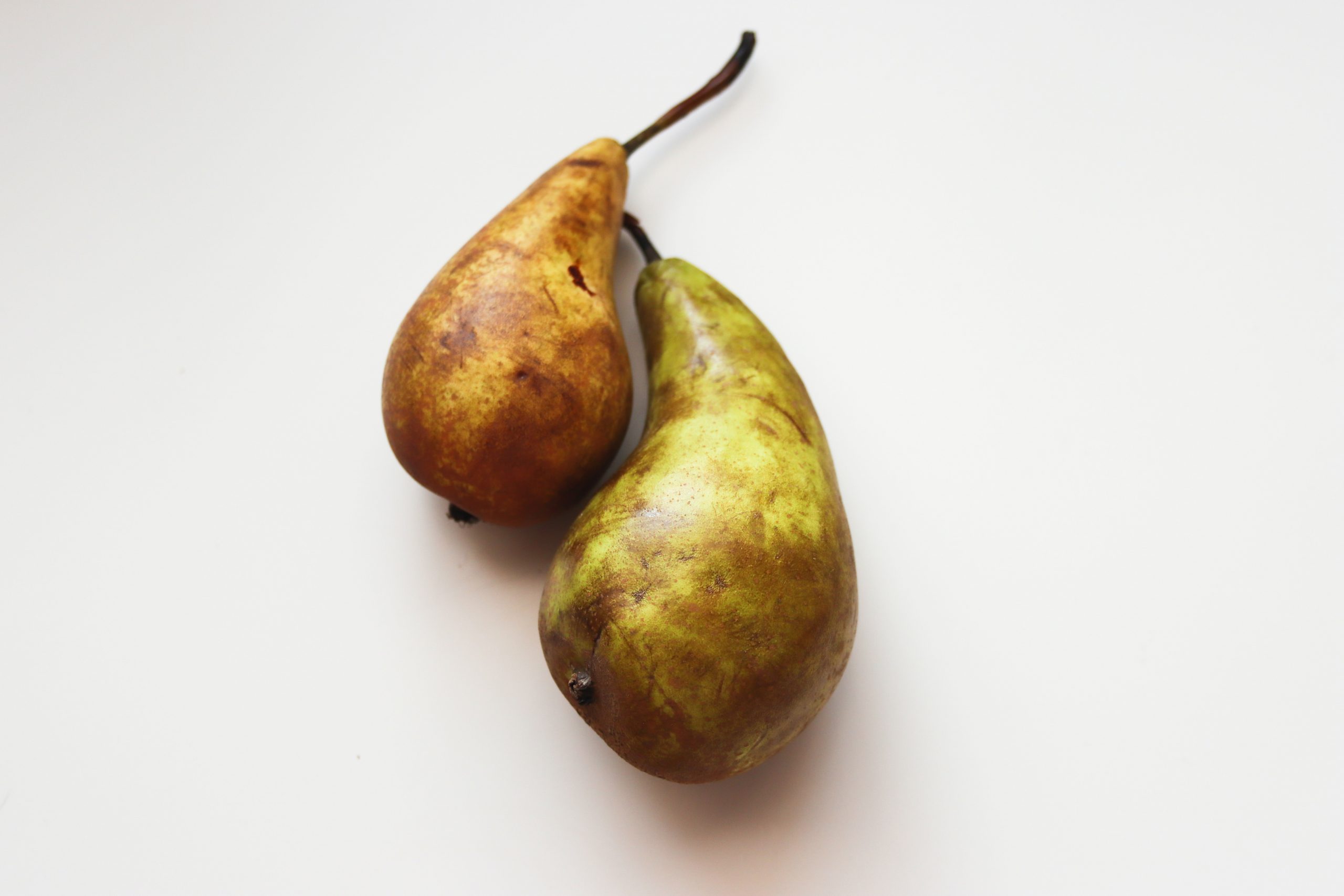
#6 Shop “ugly”
At the grocery store, try to find the clearance section where many fruits and vegetables that do not fit visual quality standards are placed. This rack is typically found tucked away in the produce section. If your store does not have a clearance section, go to the regular aisle and pick up the uncommonly shaped veggies or fruits which others wouldn’t pick first, they’ll taste just the same (but you already knew that).
#7 Learn alternative storing methods
Some alternative methods for preserving foods include pickling and dehydrating. Pickling usually requires vinegar, water and salt to create an acidic solution which allows foods to be stored for up to 5 – 6 months when refrigerated. Dehydration requires an oven or food dehydrator and a few hours. Dehydrated food can be stored for up to 1 year depending on the type of food. Both methods ensure that food can be stored for longer periods. Although these may take some time to learn, they can be a fun challenge with long term benefits for waste reduction and wallet savings.
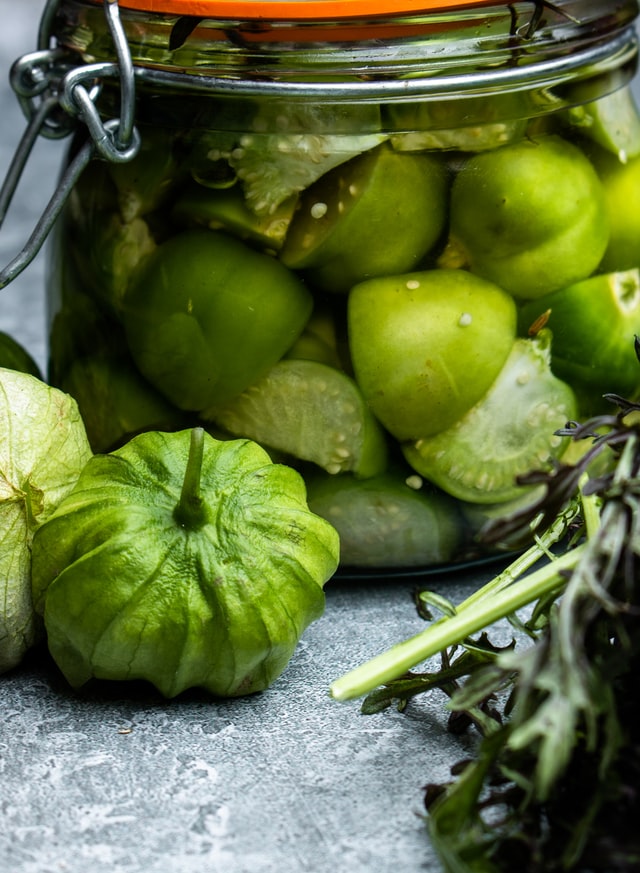
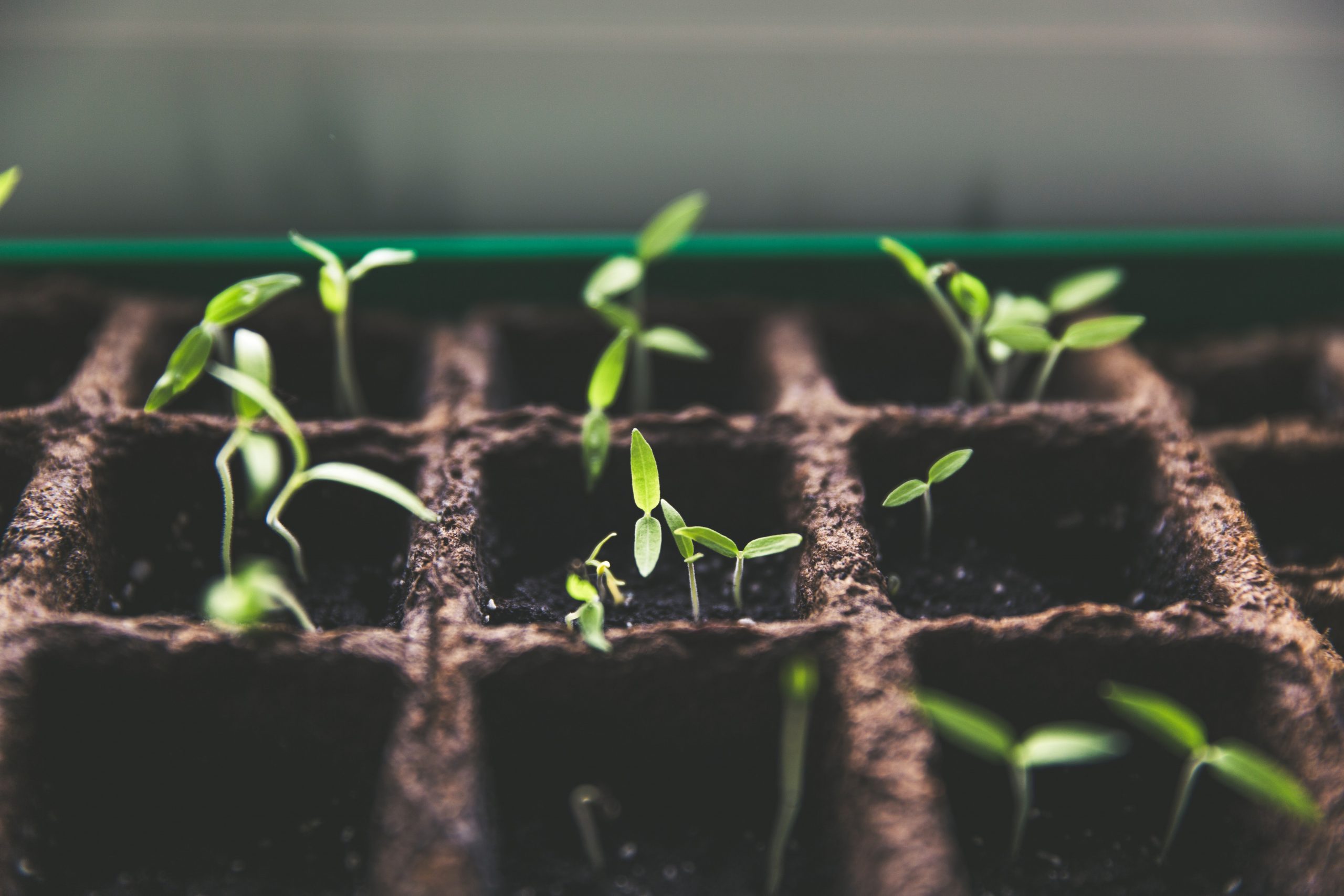
#8 Feed your greens and garden
Some of the food waste we generate cannot be avoided, but it can be repurposed instead of ending up in landfill! Did you know some of what we eat, plants can eat too? Foods that fertilize your garden can include: Coffee grounds, banana peels, loose leaf tea and egg shells. Add these ingredients to the soil in your home or garden to provide nutrients for your plants.
#9 Plan and track for success
Planning ahead and making a shopping list ensures that you know what is currently in your cupboard and fridge and what you need for upcoming meals. The last thing you want to do is shop hungry, so eat before you go. Get what you need so you can make the most of what you have.
Use The Pledge’s food waste diary to track your food and see where you can reduce more waste. Progress takes time, so be patient, you’re doing amazing! Track your efforts now to look back at the massive difference you’ve made.
.
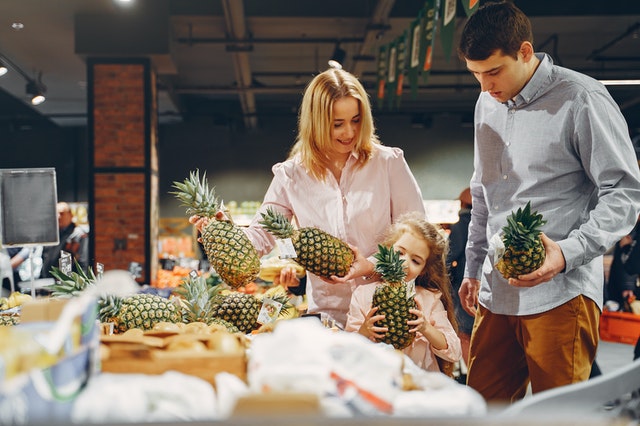

#10 Reach out to your local government
Ending food waste is critical to building community resilience against negative environmental, financial and other social impacts. While we can all integrate sustainable changes into our daily life and operations, changes to public policy in these areas are just as vital to ensure we can end food waste. Reach out to your local food justice council or MP and ask them what they are doing to reduce food waste. Together, we can ensure that there is an end to food waste in our lifetime.
Conclusion
If you’ve taken The Pledge then you can do this, get inspired by this top 10 and develop your own food saving tricks! If you haven’t, sign up for it now and also check out the 21 day challenge which includes different tips you can learn to get started on your food waste reduction journey!
Happy food saving friends!
Article written by:
Camille Potier, Impact Specialist
Camille is passionate about sustainability and enjoys asking questions about every kind of topic to learn how things work. Having a background in environmental policy, geography, economics and management she loves thinking about the big picture while also understanding how topics are interconnected.

